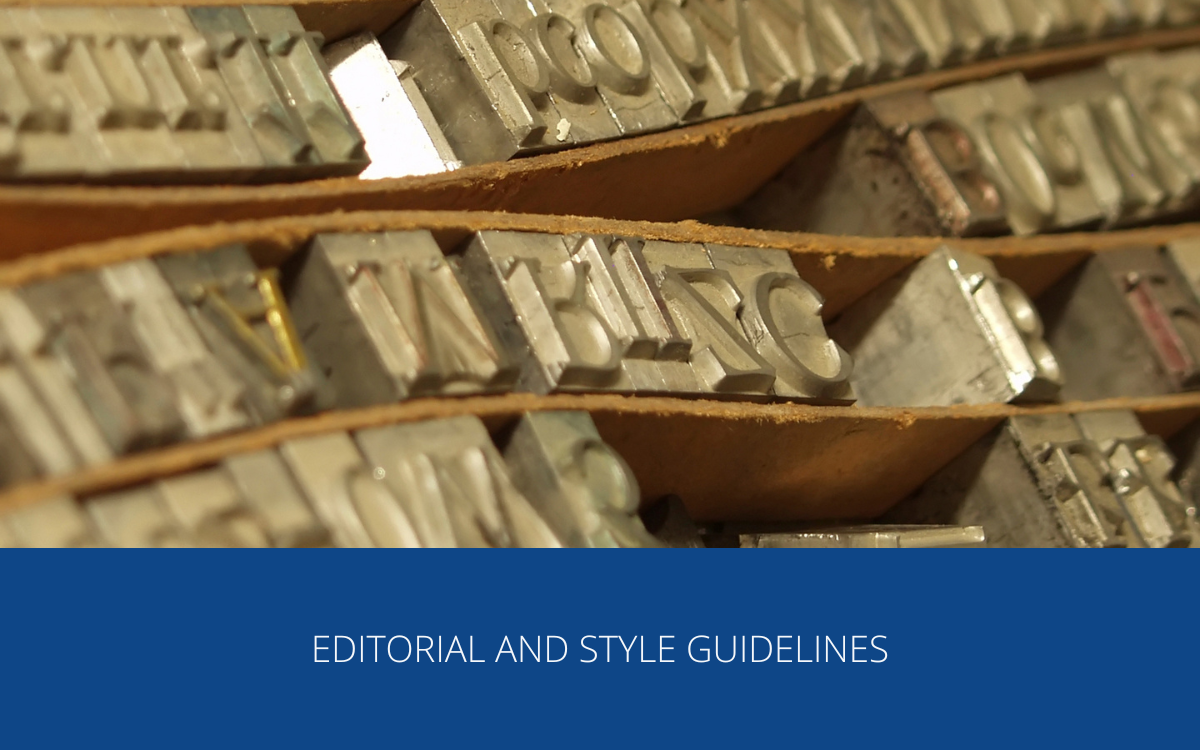
Thank you for your interest in writing for the EERA blog. Our goal is to provide an educational research blog to benefit society – but we also want to provide blog posts that a wide range of people enjoy reading.
When we publish a blog post, we aim to provide our readers with content that is educational, inspirational, respectful, and helpful. To do this, our blog posts have to be clear, friendly, accessible, and appropriate. These guidelines provide the framework required to meet these goals.
You can find our SUBMISSION GUIDELINES HERE.
If you have questions, get in touch with the editorial team.
Target audience
Our core target audience is researchers in the field of education, particularly from the EERA National Associations and Networks.
Our wider target audience includes other interested parties, such as teachers, education professionals, students, and parents. An expanded target audience is local and international media searching for expert opinions and advice.
Our main focus is the EU region, but we do address a wider global audience.
General writing advice and our AI guidelines
Writing style
Our writing voice can be termed as ‘friendly academic’. Serious but accessible.
It is important to us that the blog be accessible to readers from outwith the educational research community. This includes teachers, parents, students, policymakers, and local and international press.
If you haven’t blogged for this audience before, then take a look at this blog post on how to write an accessible blog about academic topics.
Blog posts shouldn’t be academic papers. They should be presented in a way that makes sense to researchers while being accessible to a wider audience. They should be written in the first-person narrative style.
When writing, think about how you would explain your research or opinion to a friend who is not an academic and who has little experience in education.
Consider how to make your research and findings applicable to the general public. Why would they find your research interesting? What effect could it have on their lives?
Opinions are welcome but no ‘clickbait’ controversial takes.
Post length
Blog posts should be 500 – 1000 words. If your post is much longer than the recommended length, we may suggest splitting it into multiple posts. Please contact the editorial team.
Accessibility and formatting
We want our blog to be accessible, not just for non-academics but for those who speak English as a second language, and also for those who rely on technology such as screen readers or keyboard navigation. Some tips on improving readability and accessibility:
- Clear, concise and easy to understand vocabulary and sentence structure is helpful
- Use of idioms and jargon should be limited
- The active voice is often easier for non-native speakers to understand and is more engaging for all readers
- Readers should be able to scan the blog post and understand the general message, e.g. by reading the subheadings
- Readability is improved by the use of short paragraphs, bullet points and other methods of breaking up the text
- Even if the reader cannot see images, graphics of video, the message of the blog post should still be conveyed
- If video is used, closed captioning should be available.
Images, copyright, and references
If you have an image or graphic that suits your content, it may be submitted subject to editorial approval. You must ensure that all images and graphics submitted are either Creative Commons licensed, or that you have permission from the owner of the image or graphic for publication. Ideally, images should be 640 x 427 px and in jpg or png format. Please attach images separately in your email rather than embedding them in a word document.
Please ensure that you check quotes, links, and citations and that you own the copyright of any images that you submit with the article.
Sources will be posted as hyperlinks within the body of the text, not as footnotes.
Please provide links to the papers you reference.
Articles posted on the EERA blog are copyright free according to Creative Commons license.
Editorial approval
All EERA blog posts are edited for grammar/spelling and readability before being referred to our academic editorial team. Once you have received the feedback from our team, you can accept the suggestions, or make changes. If significant changes were made, we will resubmit to the academic editorial team. Minor alterations in formatting or correction of spelling mistakes are excluded from this.
You can refuse the alterations if you do not agree with them, but this may mean that we consider the article not suitable for the EERA blog. In this case, we will inform you, and provide our reasoning. If we need to make significant changes after the article has gone online, we will remove the article from the site temporarily while we contact you for permission.
Style guide, grammar, and punctuation
We use the Sunday Times Style Guide. Please refer to this guide for questions not covered here.
We use British-English generally, though American-English is also acceptable, as long as you are consistent.
When punctuating a list, we use the Serial/Oxford comma to provide clarity.
If you use any jargon or abbreviations that may not be known to non-academics or readers who are not in the field of education, please include a short explanation.
Please restrict the use of exclamation marks.
